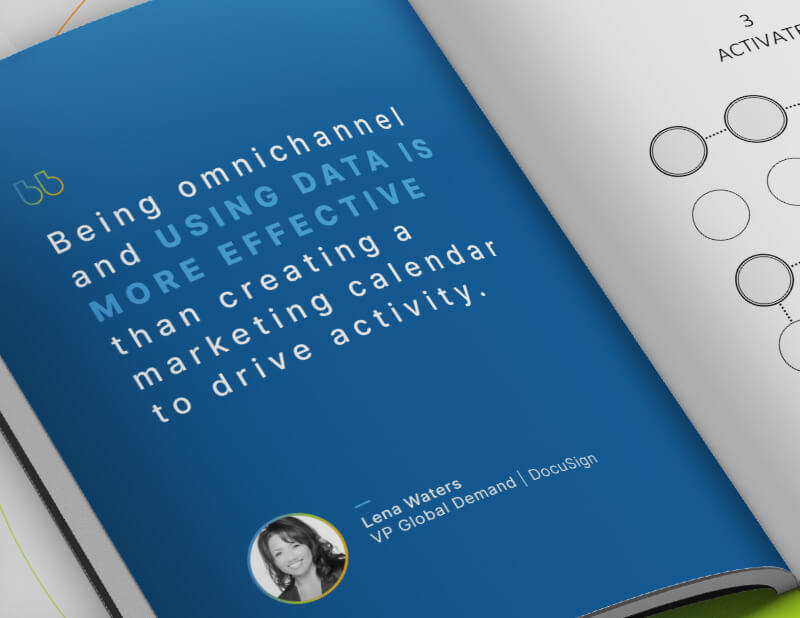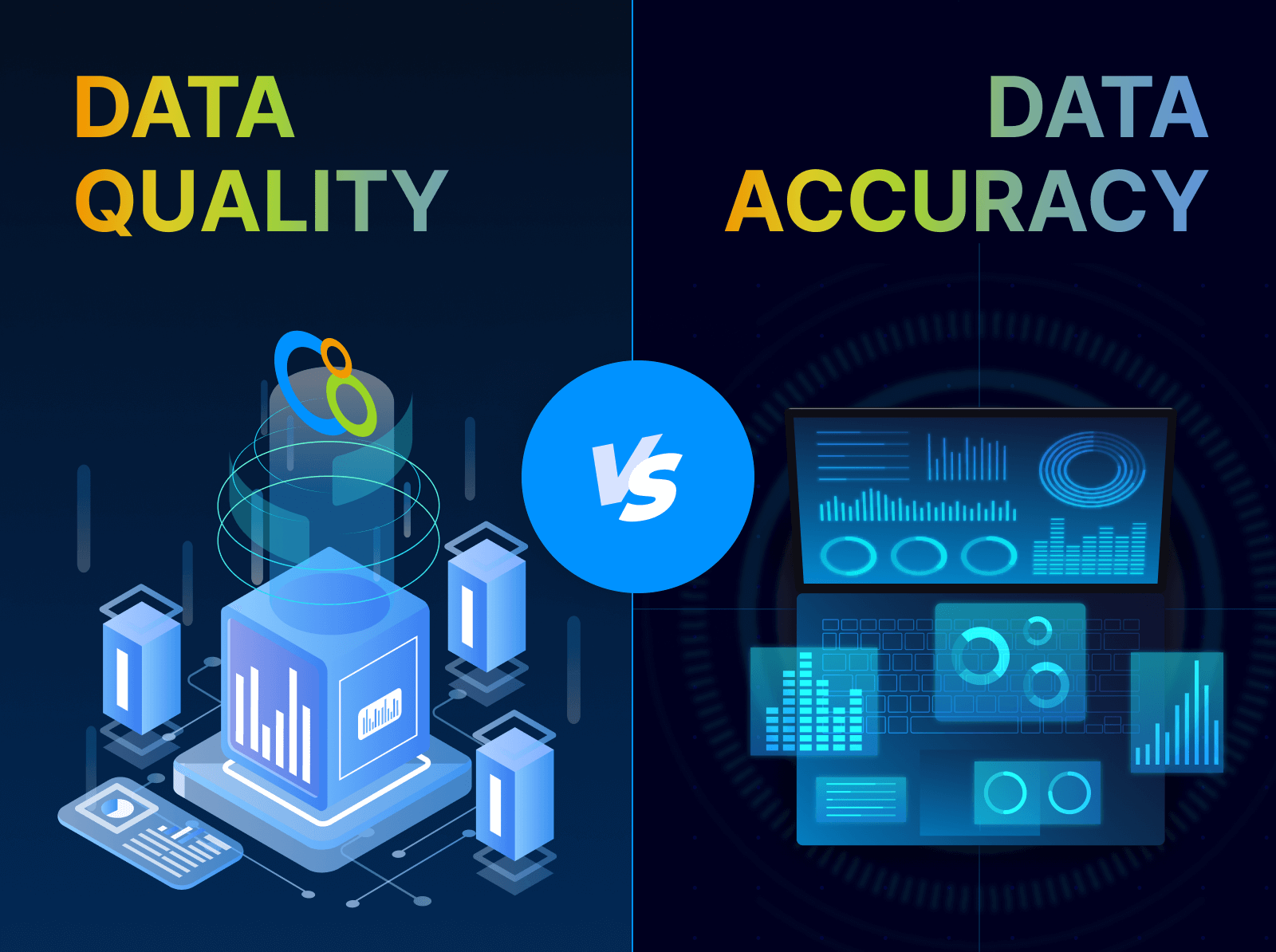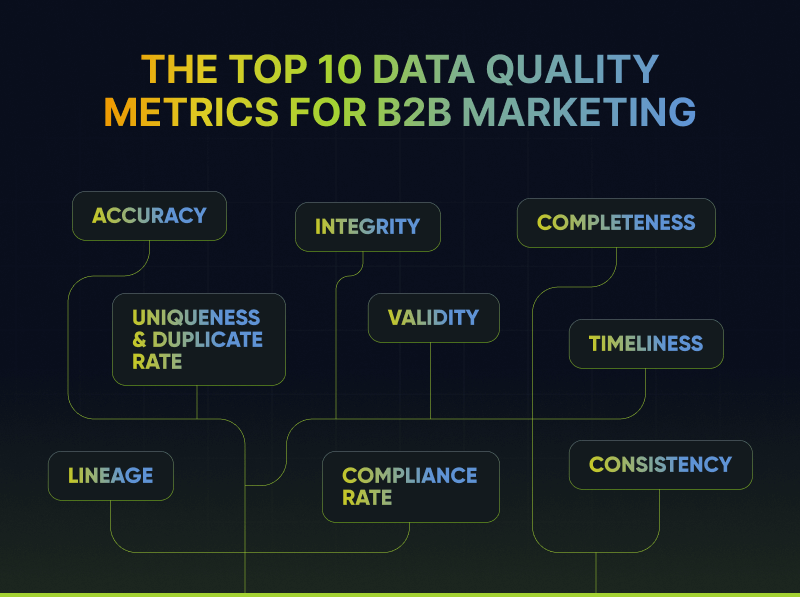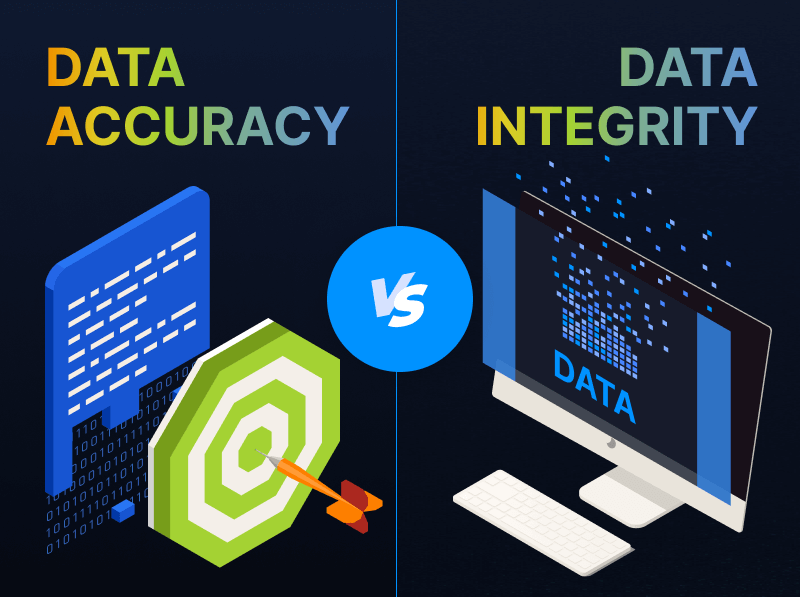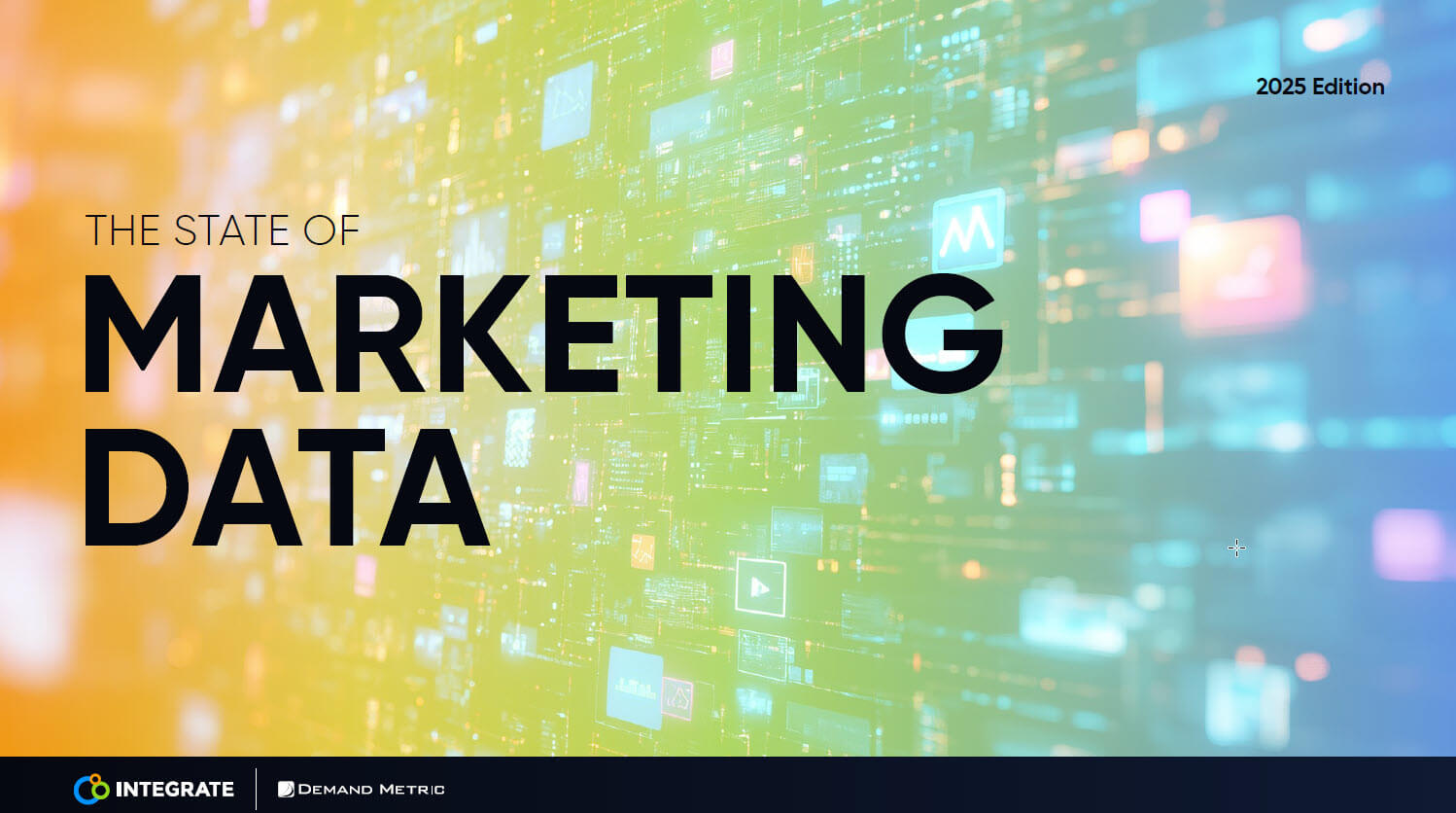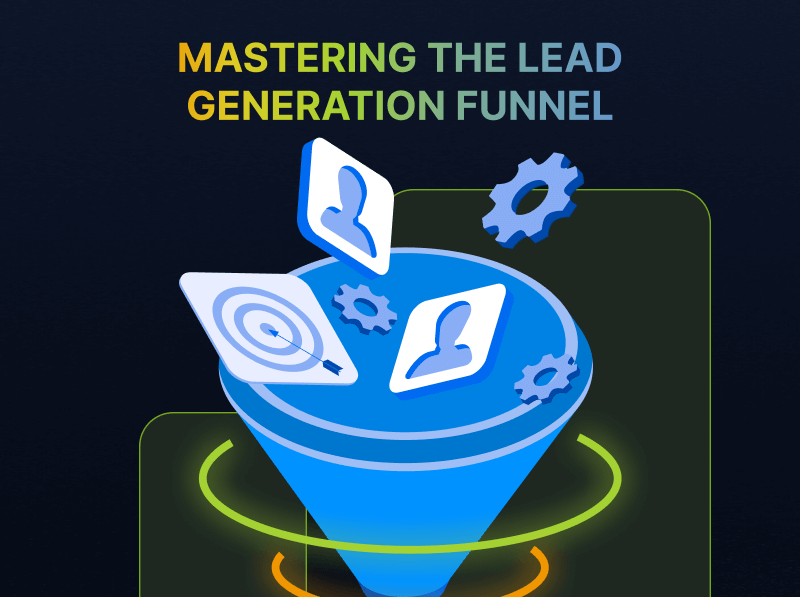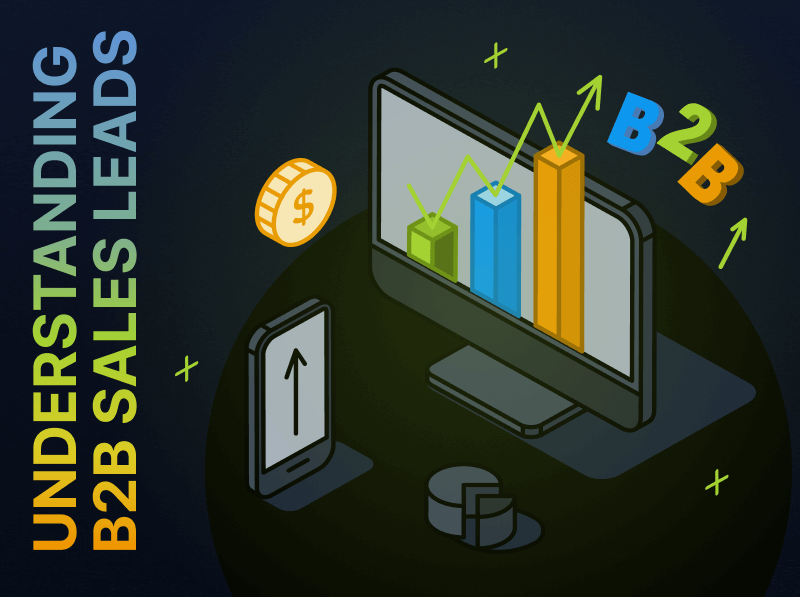Chapter 3: How to Activate Buyers with a B2B Omnichannel Experience
We recently published Precision Demand Marketing: Achieving the Promise of Predictable Pipeline, a book that transforms the B2B marketing paradigm. Over the next few weeks, we’ll provide a recap of each chapter on our blog. Last week we focused on Chapter Two and understanding your buyer in relation to precision, and this week’s installment provides a glimpse into Chapter Three: “Activate.”
Before the omnichannel experience, reaching buyers was a simpler approach. Companies sent collateral (catalogues, brochures, magazines) to company addresses and met with buyers at industry events. Then, when Sales called, the buyers actually answered their phones.
But the world has changed. Today, buyers are in control and B2B marketing channels have advanced. They conduct their own research and make their own decisions, often without talking to a sales rep. A recent global Bain & Company survey, conducted with Dynata, found that 92% of B2B buyers now prefer virtual sales interactions.
By 2025, 80% of B2B sales interactions will occur in digital channels. And if you think higher-priced items will be exempt, think again. In a McKinsey analysis of the pandemic’s impact on B2B buying, 20% of buyers said they’d be willing to spend $500,000+ in a fully remote or digital sales model; a surprising 11 percent would spend more than $1 million.
Too few marketers appreciate the dramatic shift these numbers represent. But those who do are seizing the moment. They’re tearing down the walls in their organizations and embracing the omnichannel approach at the heart of Precision Demand Marketing. With omnichannel capabilities, they’re connecting with today’s buyers in the channels they use right when they’re using them, all via the methods they prefer.
Designing an Omnichannel Marketing Solution with Precision
- Engage the account, buyers, and buying committee members early in the process.
- Interact with the targets based on what you know about them and how they traverse the path to purchase.
- Support them in their search for the right product and service.
- Orchestrate a cohesive series of messages that keep your brand on the targets’ radar as you engage again and again based on their preferences. Personalize the messages when possible.
- Present opportunities when the targets are ready to interact directly with your brand, whether it’s through gated content, a product demo, or something else.
Many of today’s buyers start their searches on LinkedIn, Twitter, and Quora, where other buyers congregate and share opinions about solutions. So just because you’ve adopted omnichannel strategies in your approach doesn’t mean buyers will immediately show up to your website. They are more likely to visit comparison sites or read reviews in publications. Connecting with them on the sites they visit will likely require programmatic advertising and content syndication.
The PDM Model
As you identify your buyers’ chosen channels, you’ll also begin to identify the types of content they need. A well-rounded omnichannel marketing strategy might include:
- Social media content (including paid)
- Influencers
- Syndicated content
- Paid search
- Ads
- Email marketing
- Other owned channels such as your blog, website, podcasts, and on-site video
Just keep in mind that, with PDM, you and your team must take on more responsibility and increase your visibility in your organization. You can no longer merely focus on creating top-of-the-funnel content and leave the rest of the journey to sales.
The Takeaway
“Marketing is finally being run more like a sales organization. We’re doing pipeline calls; we’re doing coverage calls,” said David Alexander, Vice President of Marketing, Global Demand and Operations at F5. “We’re thinking about targets in a different way; we’re thinking about hand-to-hand engagement with sales.”
Alexander’s team isn’t alone. Companies are increasingly evaluating marketers by success metrics such as ROI and closed deals. As a result, you will have a brighter spotlight on your work. With that comes much more scrutiny. But with an omnichannel approach through PDM, you’re up to the challenge.
